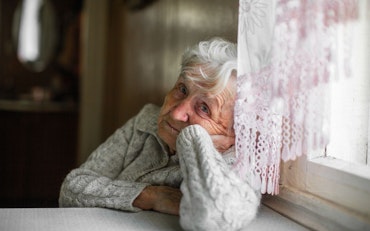Factors influencing longevity
A new Australian Institute of Health and Welfare (AIHW) report shows that, when it comes to longevity, Australians are not equal, with simply being male, Indigenous or living in very remote areas, contributing as significant factors which influence death rates.
The report, Mortality inequalities in Australia: 2009-2011, shows significant inequalities when it comes to dying early or from potentially avoidable causes.
“Our report shows many factors affect death rates, with particular population groups more disadvantaged than others,” says Louise York, AIHW spokesperson.
“We also found Australians who have the worst death rates tend to experience deaths from causes that, in many cases, can be considered preventable or treatable. These are often referred to as potentially avoidable deaths,” she adds.
The report shows that the death rate for males is 1.5 times as high as the rate for females. If males had the same death rate as females, there would have been 71,400 fewer male deaths over the 2009-11 period.
The death rate among Indigenous Australians was nearly twice that of non Indigenous Australians. This was even more pronounced among Indigenous people aged 35 to 44 years, with a death rate five times as high as their non Indigenous counterparts: 480 deaths per 100,000 Indigenous people aged 35 to 44 compared with 98 deaths per 100,000 non Indigenous people aged 35 to 44.
People living in remote and ‘very’ remote areas had death rates 1.4 times as high as those for people living in major cities, and higher rates of death due to diabetes (three times as high) and land transport accidents (4.7 times as high).
“For people living in areas of lowest socioeconomic status, the death rate was 1.3 times as high as for those living in areas of the highest socioeconomic status, with death rates from diabetes and chronic obstructive pulmonary disease (COPD) notably higher, at 1.8 times as high and 1.7 times as high, respectively,” Ms York says.
Overseas born Australian residents had lower death rates than those who were born in Australia. For example, Asian born Australian residents had a death rate that was 36% lower than the rate for Australian born residents.
Many of these patterns for 2009-11 were similar to patterns from a decade earlier, showing that mortality inequalities are long standing in Australia.










